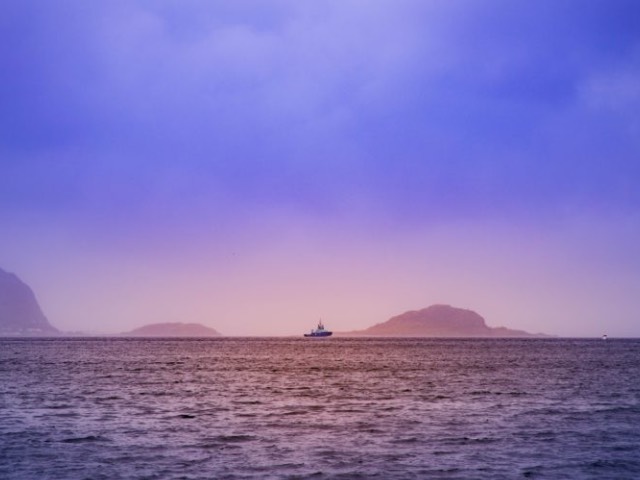SailPlan is building an intelligent navigation platform for ships to make navigation dramatically safer and more efficient in a world with an ever-growing demand for cargo.
Seafaring is the world’s deadliest job. Almost 1,000 ships have been lost over the past ten years, resulting in thousands of lives lost. Most catastrophic incidents result from human error, as navigators rely primarily on their eyes and ears in crowded environments with little room for error.
Led by Jacob Ruytenbeek, an autonomous systems expert and passionate waterman, Sailplan’s platform makes seafaring safer and ship operations more efficient by identifying collision risks far beyond navigators’ line of sight so that ships can safely navigate around them.
Seafaring is the world’s most dangerous occupation. The last major advancement in maritime navigation was the Automatic Identification System (AIS) in the 1990s.
Jacob Ruytenbeek
Drawing on data around vessel traffic, weather, berth availability, geographic awareness, and other important navigational data, SailPlan offers operators unparalleled situational awareness that improves safety and efficiency. SailPlan’s advanced routing engine alerts ship navigators to potential collision risks hours, or even days, in advance.
SailPlan also gives navigators the ability to proactively optimize voyage plans to avoid congested waters, separate from potential collision scenarios, and reduce operating expenses to a far greater degree than possible with current market solutions.
SailPlan’s navigation safety approach doesn’t stop on the bridge. The platform integrates engine monitoring into its situational awareness picture, enabling shoreside personnel to view and validate ship health and operational constraints like never before. Major maritime disasters like El Faro, or Costa Concordia, could have been mitigated if shoreside emergency personnel had a better picture of the vessel’s health and operational state. SailPlan provides a complete view of a ship in real-time to shoreside personnel to assist more effectively in emergencies.
SailPlan’s cloud-based maritime technology suite requires no external sensors to provide enhanced navigational capabilities. For increased visibility, SailPlan allows operators to integrate almost any external sensor through a standard interface.
SailPlan provides a platform that:
- Is an open maritime navigation system that can work as a decision aid, simulator, or even fully-autonomous navigation;
- Allows businesses the ability to craft their own rule sets;
- Offers almost endless configurations;
- Easily integrates with (almost) any external sensor – whether it is a camera, radar, lidar, electro-optical, wind, or another sensor;
- Provides human and machine-readable interfaces;
- Offers Application Programming Interface (APIs) endpoints to customize the experience or extend our software.
“Growing up on the water as the son of a marine electrician, I learned a lot about the dangers ships faced in navigating congested waterways. Countless stories of ship collisions fill the news every week,” said Ruytenbeek. “SailPlan solves this problem by giving navigators information about the present and future state of traffic along their routes, allowing navigators to adjust routing to avoid likely collision scenarios before they materialize. The result is safer navigation with reduced collision risk and more efficient operations.”
“Seafaring is the world’s most dangerous occupation. The last major advancement in maritime navigation was the Automatic Identification System (AIS) in the 1990s. Advances in computer processing, storage, and satellite communications at sea mean that we are no longer limited to guessing what actions other vessels will take. That’s why I launched SailPlan, which will enable ship navigators to see beyond the horizon to avoid collision scenarios before they’re even a threat. I want to save lives. And that’s what shapes our mission of ZERO: Zero lives lost. Zero ships lost,” said Ruytenbeek.









































